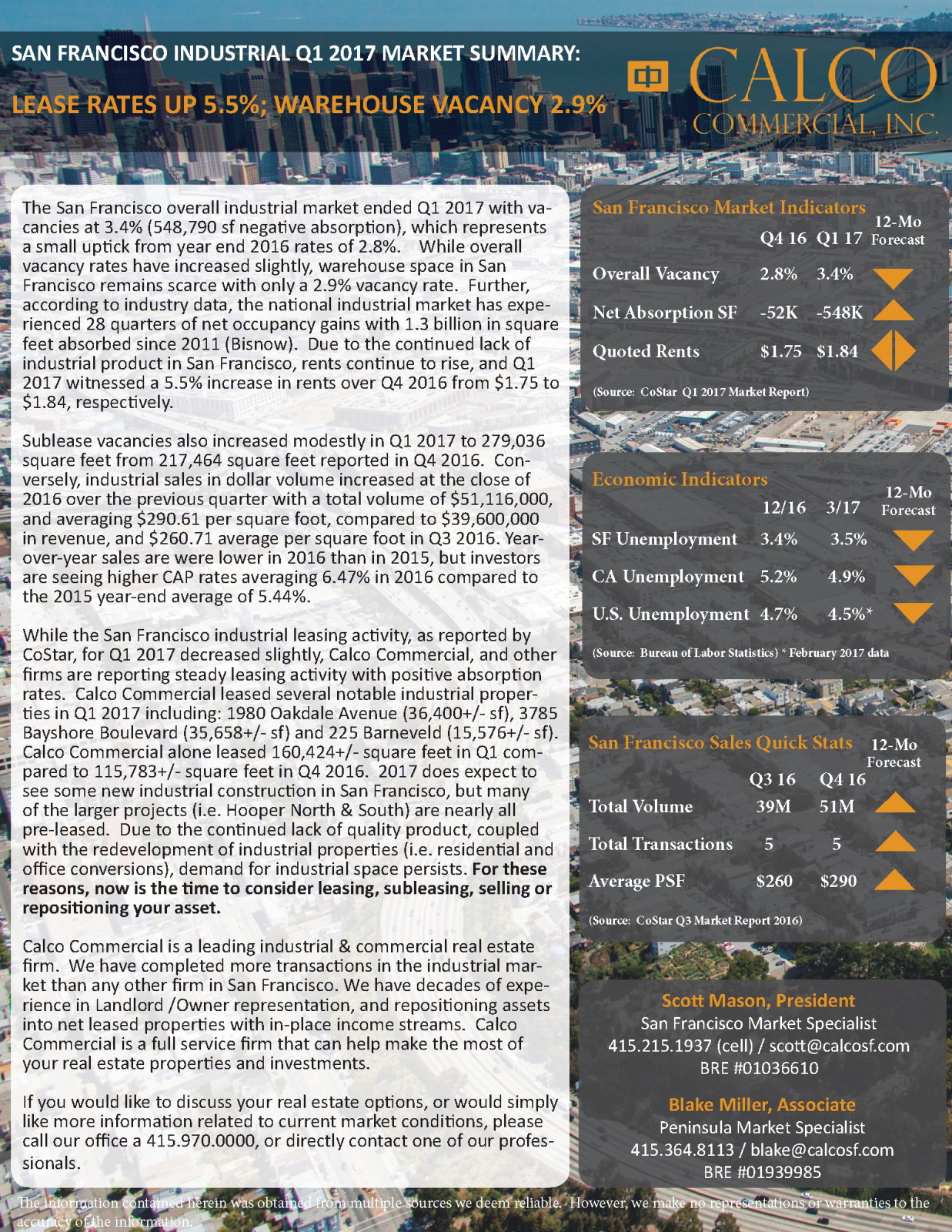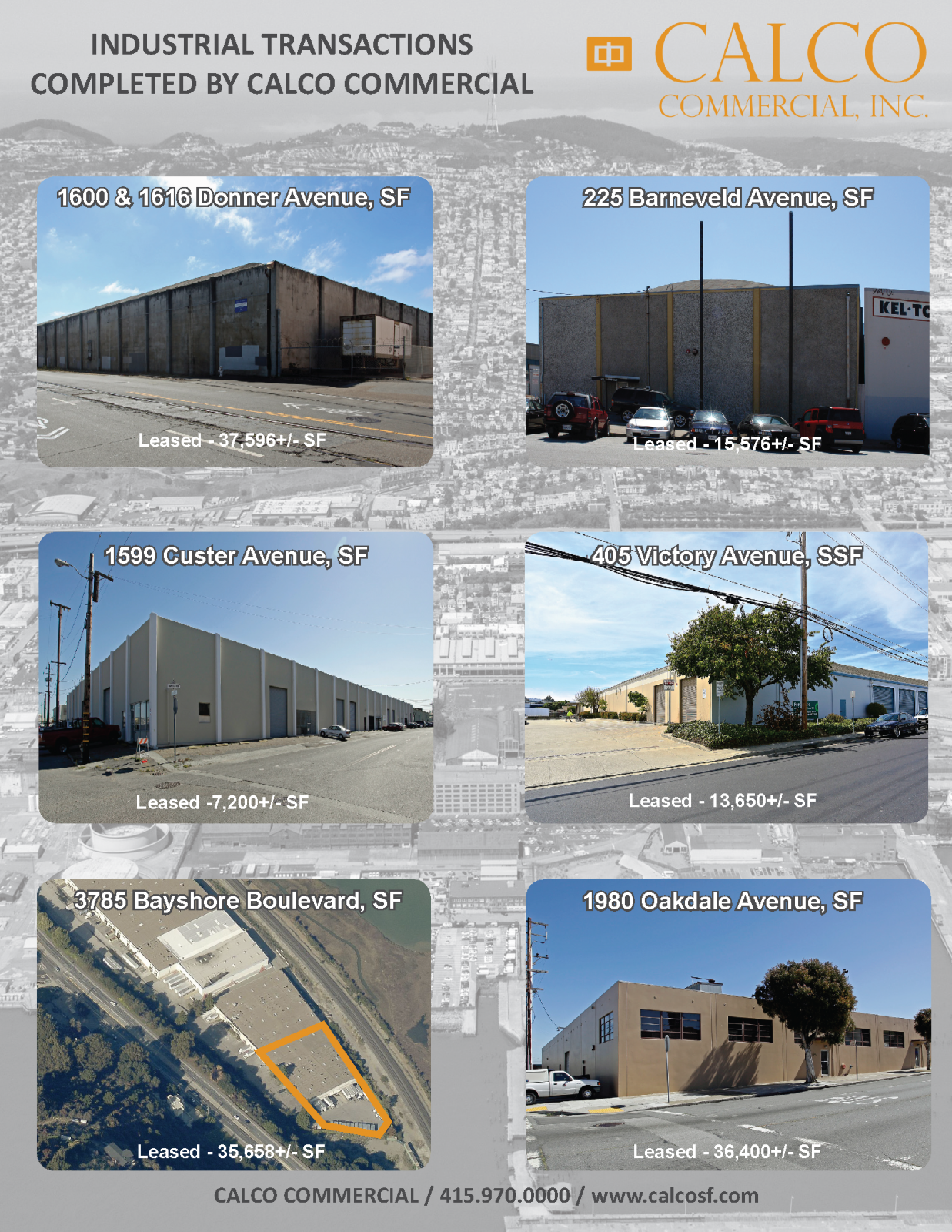Source: BisNow
By: Julie Littman
Date Posted: July 17, 2017
According to Bisnow, BioMed Realty will be constructing approximately 1.5 Million square feet of life science offices in South San Francisco.

With R&D office vacancy rates at historical lows on the Peninsula, developers are working hard to meet the demand–which often includes open office layouts, and “amenity-rich” campuses with fitness centers, on-site cafes, etc. As drug approvals move forward, the BioTech industry is projected to continue its “boom” with developers and Owners vying to take advantage of the sharp increases in rents.













